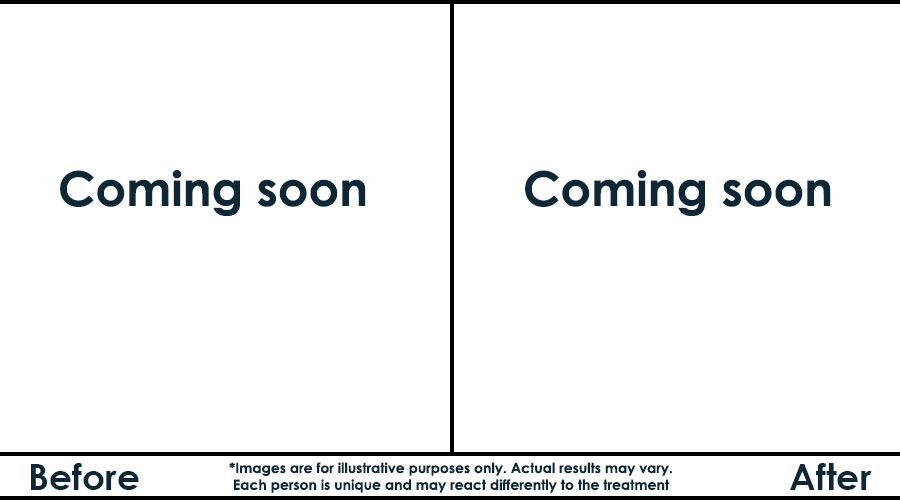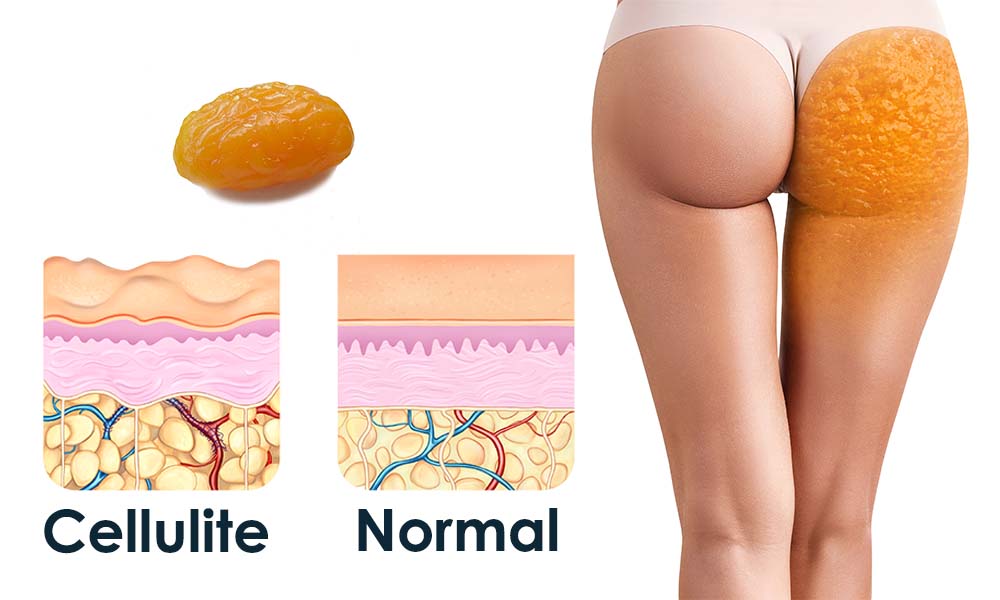Cellulite Treatment
Cellulite Reduction Solutions for Smooth, Firmer Skin
Cellulite Reduction Results: Smoother, Firmer-Looking Skin

Our Approach to Treating Cellulite
1
Comprehensive evaluation of the type of cellulite (aqueous, fibrous, or adipose) and affected areas
2
A tailored protocol using advanced technologies and techniques to smooth, firm, and improve skin texture.
3
Start of Treatment & Follow-Up to ensure progress
Understanding and Treating Cellulite Effectively
Cellulite affects nearly 90% of women and is primarily caused by fat storage in adipocytes (fat cells) and water retention in the skin’s deeper layers. As these fat cells grow, they stretch and deform the surrounding connective tissue, creating the familiar dimpled “orange peel” appearance.
This process is worsened by poor blood and lymphatic circulation, which slows down the elimination of metabolic waste. Over time, the tissue becomes fibrous, and cellulite becomes more visible and harder to treat. Unlike men, women have vertical connective tissue structures, which makes them more prone to cellulite formation.
There are four main types of cellulite:
-
Aqueous Cellulite: Caused by water retention and poor circulation. The skin looks swollen and lacks elasticity.
-
Adipose Cellulite: Linked to excess fat and poor diet. Visible when the skin is pinched or in motion.
-
Fibrous Cellulite: Hard to the touch, often painful, and more difficult to treat. It appears as deep, long-standing dimples.
-
Mixed Cellulite: A combination of the types above, commonly seen in most cases.
As we age, the skin loses firmness, and cellulite becomes more prominent. Sagging skin contributes significantly to the appearance of cellulite, especially in areas where the skin can no longer hold the underlying fat in place.
Fortunately, there are modern non-invasive solutions that effectively reduce the appearance of cellulite. Combining collagen-stimulating treatments, such as radiofrequency or microneedling, with targeted skincare and lifestyle adjustments can dramatically improve skin texture and firmness.
Understanding How Cellulite Affects Your Skin

What Causes Cellulite?
Genetics: A greater number of fat cells that are responsible for fat storage and their distribution. Also, the quality of the vessels responsible for blood circulation and of the enzymes which are responsible for emptying fat cells, etc.
Hormones: Female hormones such as estrogen and progesterone may be responsible for the distribution of fat in the lower limbs. They can also be responsible for an increase in water retention.
Muscular: The disposition, size and strength of the muscles.
Healthy living: Poor nutrition, lack of physical activity and bad lifestyle habits.
Stress: Stress promotes the installation of fat, increases water retention and the production of oxidants and can affect blood circulation.
Our Approach to Treating Cellulite
It’s important to understand that a range of advanced treatments can improve the appearance of cellulite. A thorough assessment of the affected areas is essential to choose the most appropriate technology and achieve the desired outcome. At Infinium Clinic, we develop a customized treatment plan that matches your goals and respects your budget. Our team is also committed to setting realistic expectations for every client.
We offer specialized solutions for all types of cellulite — whether aqueous, adipose, or fibrous.
- For aqueous and fibrous cellulite, we use technologies that target water retention and smooth the dimpled appearance.
- For adipose cellulite, we apply cryolipolysis techniques to destroy fat cells and reduce stubborn pockets of fat.
- When skin laxity is present and accentuates cellulite, we incorporate treatments that boost collagen production. Our advanced devices reach the deep layers of the skin and hypodermis to firm, tighten, and visibly reduce both cellulite and localized fat.
For skin that is damaged on the surface, we can also enhance texture with more targeted and slightly more invasive techniques. Some methods safely remove tiny “columns” of skin up to 5 mm deep, promoting smoother skin and a more even appearance.
For deep, isolated dimples that don’t respond to other treatments, Sculptra injections can be used to improve skin density and make them less visible.
During your consultation, we’ll evaluate your skin’s condition and recommend the most effective combination of treatments to suit your specific concerns — ensuring optimal, long-lasting results.



